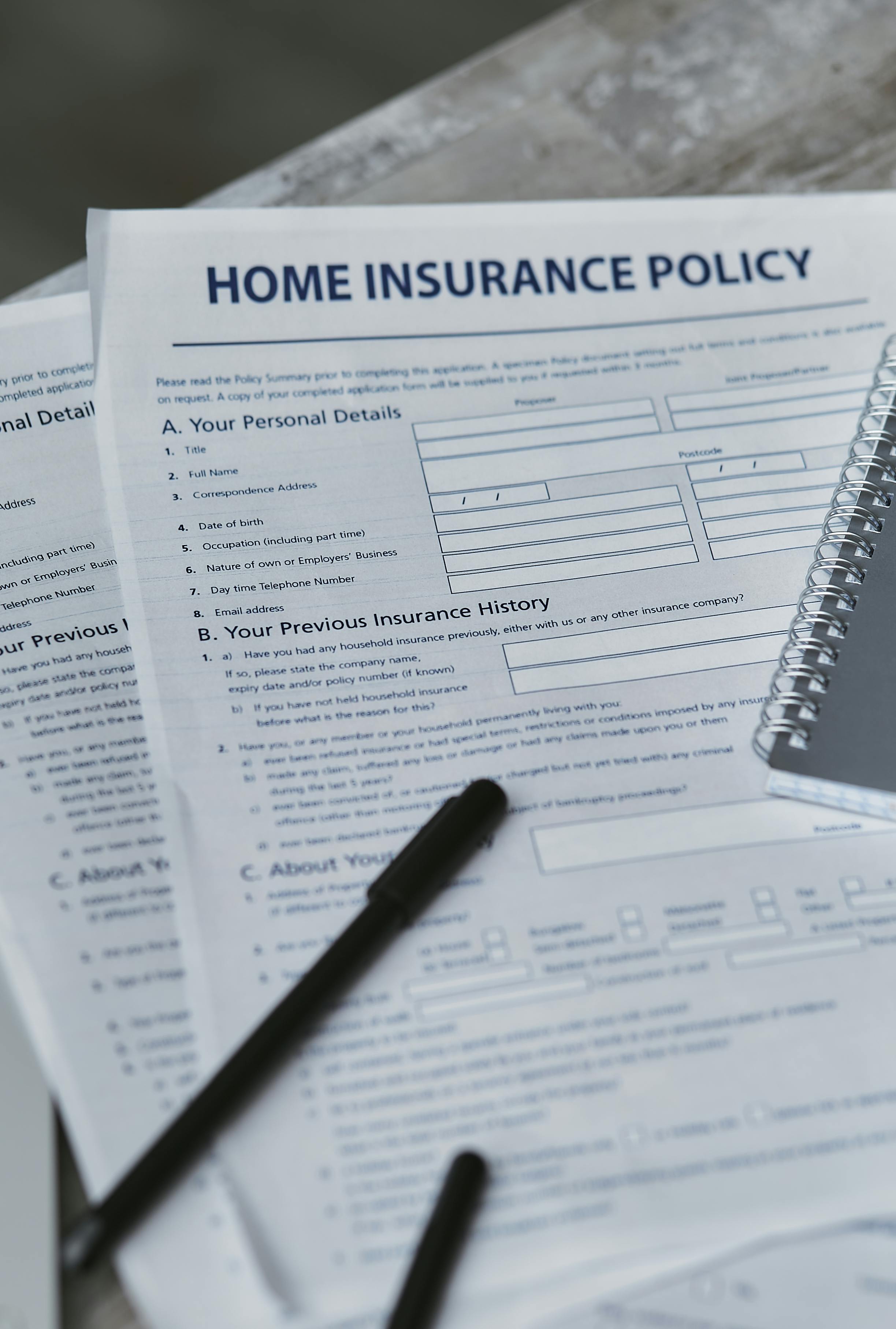Mastering How to Dispute Insurance Claims
Denied insurance claims can feel frustrating and overwhelming. Whether it’s health, auto, or property coverage, understanding how to dispute insurance claims is crucial in securing your rightful compensation. In this article, you’ll learn actionable strategies, best practices, and expert insights to help you challenge and resolve denied insurance claims successfully.

Understanding the Fundamentals
To dispute insurance claims effectively, it’s essential to understand the claims process. A claim is a formal request to an insurance company for coverage or compensation following a covered event. If the insurer denies this request, you have the right to challenge that decision through an appeal or dispute.
Historically, policyholders accepted insurance denials without contesting them, largely due to a lack of information. Today, regulations and consumer awareness empower individuals to push back against unjust denials and billing errors.
1.1 What Constitutes a Denied Claim
A denied claim is one that the insurance provider refuses to pay. This can happen for several reasons including missing documentation, late submissions, or coverage exclusions. For example, in health insurance, over 10% of claims are initially denied, but many can be overturned upon review.
Real-world examples include rejected surgery claims, incorrect coding for medical procedures, or policy misinterpretation. One common misconception is that a denial is final—when in fact, multiple appeal levels often exist.
1.2 Types of Insurance Disputes
Insurance disputes vary across sectors—health, auto, home, or life. While a health insurance denial might focus on medical necessity, a homeowner’s claim could involve property damage assessment. What sets these disputes apart is the documentation required and appeal format.
For example, in auto insurance, disputing liability in an accident might involve police reports, while in health claims, it might require physician letters. Understanding this difference helps build a tailored strategy.
Practical Implementation Guide
Now that you grasp the foundation, the next step is to implement a dispute strategy. The process involves gathering documentation, writing a compelling appeal, and following up diligently. Success rates improve when the dispute is structured and fact-based.

2.1 Actionable Steps
- Review Your Denial Letter: Read the insurer’s explanation of why the claim was denied. Identify the reason code and review your policy details for accuracy.
- Gather Supporting Documents: This includes medical records, repair estimates, receipts, and professional statements. Include anything that supports your claim’s legitimacy.
- Submit an Appeal Letter: Write a detailed, formal appeal. Address the denial reason directly, cite policy clauses, and attach documentation. Track submission and confirm receipt.
2.2 Overcoming Challenges
Several obstacles can arise when disputing claims. Common ones include:
- Missing or incomplete paperwork
- Miscommunication with insurers
- Policy loopholes or vague language
- Processing delays
- Unfamiliarity with the appeal process
To overcome these, keep a written log of all communication, double-check forms before submission, and remain persistent. Expert tip: request a peer-to-peer review for health claim disputes involving medical necessity.
Advanced Applications
For those already familiar with the dispute process, advanced techniques can increase success rates. These include legal escalation, regulatory complaints, and third-party reviews. Consider advancing to these when standard appeals are unsuccessful.

3.1 Involving a Legal Professional
In cases involving high-value claims or repeated denials, hiring a lawyer may be necessary. Legal professionals can interpret complex policy language and negotiate on your behalf. One case study showed a 70% higher success rate with attorney intervention on disputed home insurance claims.
3.2 Filing a Complaint with a Regulator
If internal appeals fail, file a complaint with your state’s insurance department. This step often prompts a formal review. Make sure to include detailed correspondence and documents. Ensure compatibility between your insurer’s appeal process and the state regulations for best results.
Future Outlook
Technology is transforming how claims and disputes are handled. AI-assisted claim review systems are becoming more common, reducing errors but also introducing new complexities. In the next 3–5 years, expect faster processing and more transparency due to regulatory changes.
To prepare, stay informed about your rights, read policy documents thoroughly, and use digital tools for documentation and tracking. Proactive management will help you stay ahead in a changing landscape.
Conclusion
To wrap up, here are three key takeaways: first, always review the denial reason carefully. Second, gather complete documentation before appealing. Third, escalate strategically if needed. Understanding how to dispute insurance claims can protect you financially and emotionally.
Don’t wait—if you’ve received a denial, start the appeal process today. Prepare your documents, write your letter, and take back control. Your coverage is worth the fight.
Frequently Asked Questions
- Q: What is a denied insurance claim? A denied claim is one the insurer refuses to pay due to various reasons such as missing documents or ineligible services.
- Q: How do I start the dispute process? First, review the denial letter. Then, gather your documents and write an appeal addressing the denial reasons.
- Q: How long does an insurance appeal take? It can take 30 to 90 days depending on the insurer and complexity of the claim. Some expedited reviews may resolve sooner.
- Q: What are the costs involved? Most personal appeals are free. However, legal support or external reviews may incur fees depending on the provider.
- Q: How does disputing compare to re-filing? Disputing challenges a specific denial. Re-filing means submitting a corrected version of the same claim. Appeals are more formal and detailed.
- Q: Is the process technically difficult? It can be time-consuming, but it’s manageable. Focus, organization, and persistence are key—especially when understanding your policy language.
- Q: Can I dispute business insurance claims? Yes. Tailor your dispute with financial documentation and loss impact reports to suit commercial needs.
